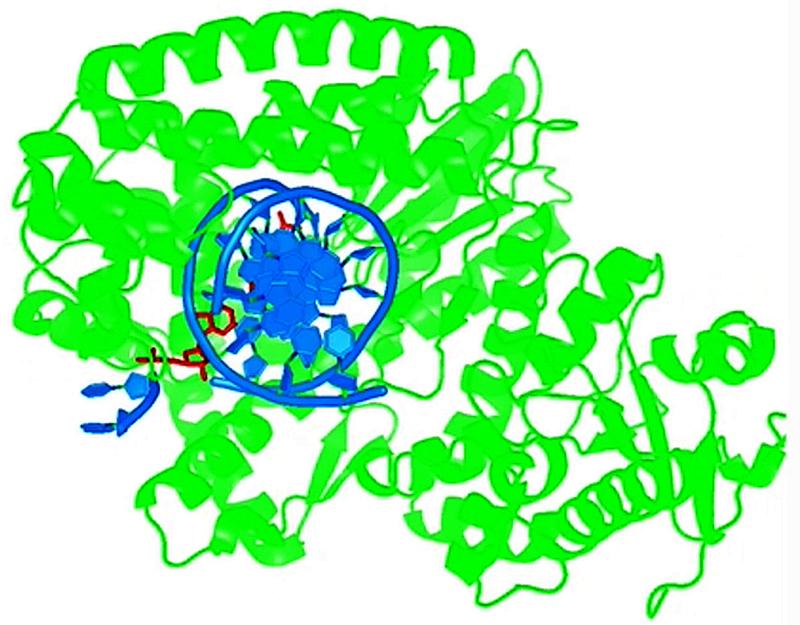
If you had to copy billions of letters from one sheet of paper to another, you’d probably make a few mistakes. So it might not come as a surprise that when DNA makes a copy of its three-billion-base genetic code, it can slip up too.
The human’s excuse could be fatigue or boredom, but scientists have long wondered how DNA’s nearly infallible replication machinery makes the mistakes that it does. Now, they think they may know a big part of the answer.
Scientists have discovered that the helical structure of DNA contains a kind of built-in timer that determines the frequency at which specific mutations spontaneously occur. They show that certain DNA bases can shape-shift for a thousandth of a second, transiently morphing into alternative states that can allow the replication machinery to incorporate the wrong base pairs into its double helix. Such mismatches, though rare, could serve as the basis of genetic changes that drive evolution and diseases, including cancer.
“Increasing or decreasing the rates of spontaneous mutations could significantly alter the ability of an organism to evolve or alter its susceptibility to disease," said Hashim M. Al-Hashimi, Ph.D., senior author of the study and James B. Duke Professor of Biochemistry and Chemistry at the Duke University School of Medicine.
“An interesting question is: What determines the mutation rate in a living organism,” Al-Hashimi said. “From there, we can begin to understand the specific conditions or environmental stressors that can elevate errors.”
The findings are published Feb. 1 in the journal Nature.
[Video:https://youtu.be/_7Olg1Pu2FE]